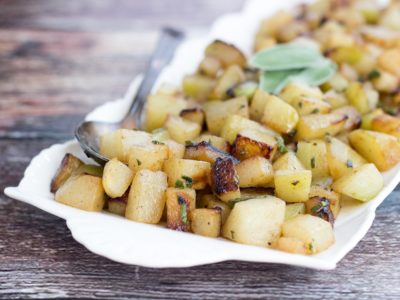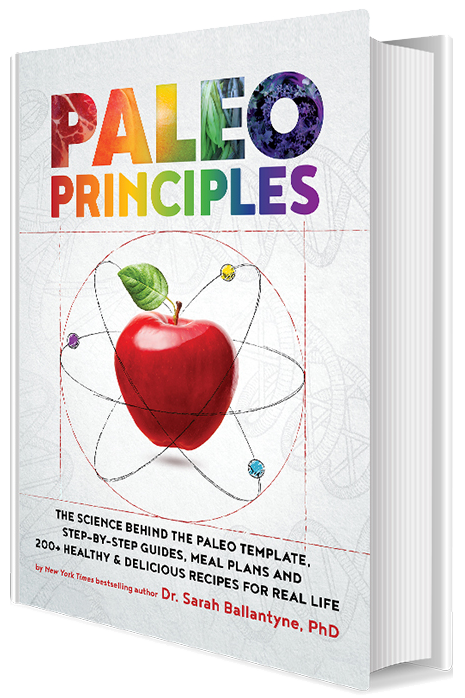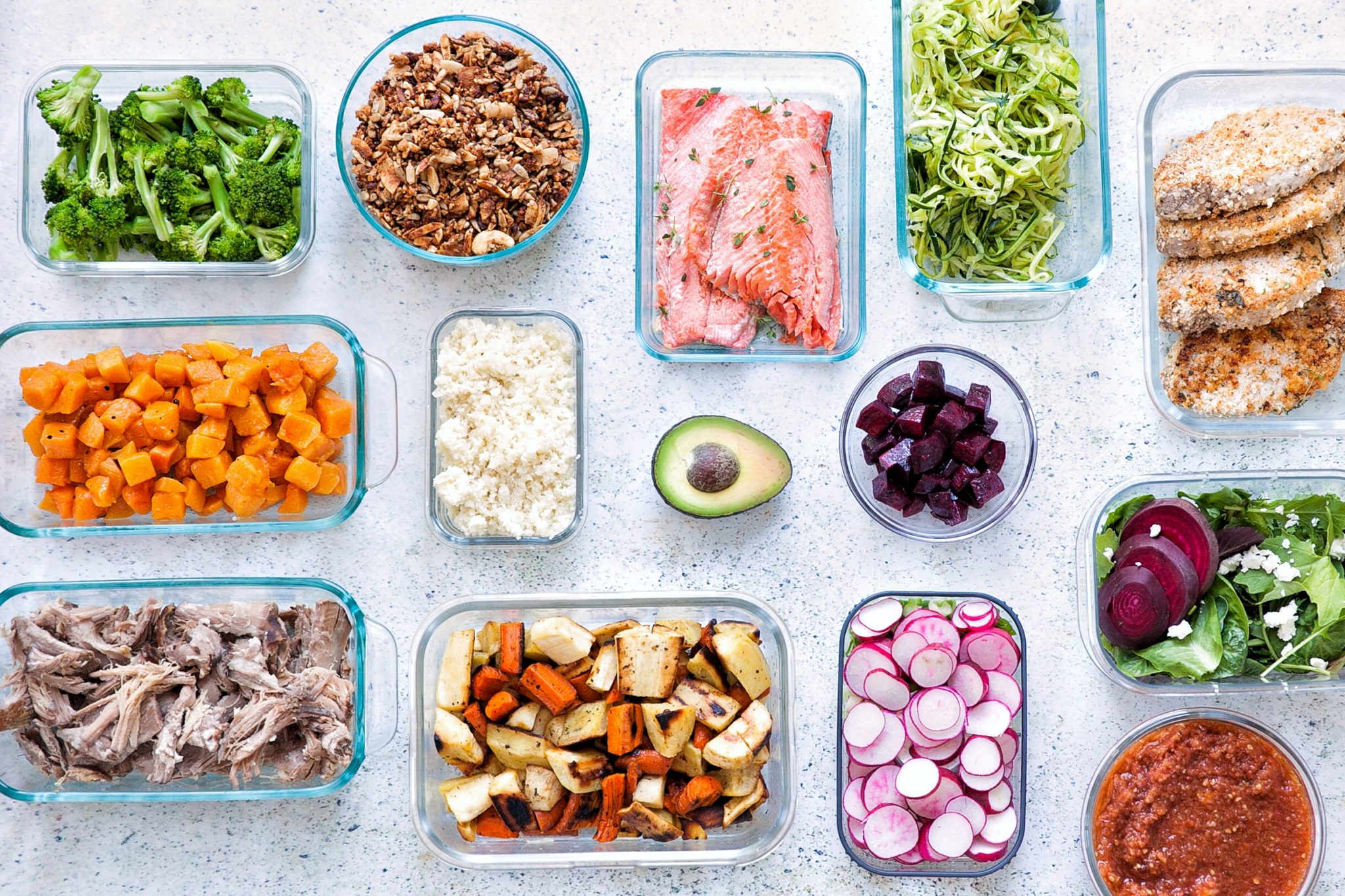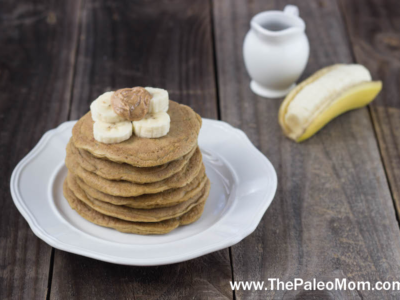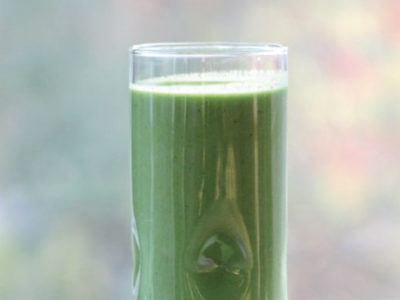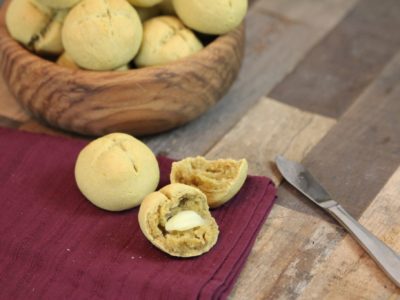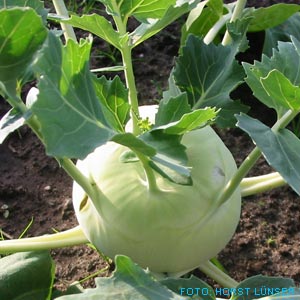 Kohlrabi seems to be everywhere these days: at the Farmer’s Market, Whole Foods, the grocery store. I’m mostly seeing green kohlrabi but also some red (which is actually very purple in color, which means my youngest daughter loves it since purple is her favorite color). It doesn’t matter which you have for this recipe (I really think they taste the same, although there may be some kohlrabi connoisseurs out there who disagree).
Kohlrabi seems to be everywhere these days: at the Farmer’s Market, Whole Foods, the grocery store. I’m mostly seeing green kohlrabi but also some red (which is actually very purple in color, which means my youngest daughter loves it since purple is her favorite color). It doesn’t matter which you have for this recipe (I really think they taste the same, although there may be some kohlrabi connoisseurs out there who disagree).
If you aren’t familiar with kohlrabi, it’s a cruciferous vegetable. You can eat the leaves (which are quite bitter), but the main part that we eat is the bulb-shaped stem. I was first introduced to this vegetable in my mid-teens while visiting some family friends who grew it in their garden. I have always thought of the flavor as a combination between a cucumber and a radish, although some people describe it as being similar to broccoli stem or even having a mild apple flavor. It is delightful raw as a dipping veggie (peel and then cut into fingers), but it also is a lovely contribution to pasta sauces, stews and has a lovely flavor to enjoy just on its own.
This is a fairly simple way to prepare kohlrabi that works as a side dish to just about anything (I think this is particularly nice with fish). If you can’t eat butter or ghee, you could easily substitute bacon fat, lard, tallow, or coconut oil. Obviously a different fat will impart a different flavor. Bacon fat is also extremely tasty (omit the salt in this case) and makes this dish autoimmune protocol-friendly. You can also mix up the herbs. Tarragon is a particularly good substitute for fresh sage, but thyme and even oregano are nice combinations too.
The trick to kohlrabi is peeling it. You can use a vegetable peeler or a knife. Once you get it started with a knife, you can usually peel down a good piece of the outer rind (this is very similar to peeling broccoli stems). When in doubt, aim on the side of peeling too much rather than too little since that peel can be very tough. Don’t toss the leaves… I’ll be posting a recipe that uses them next week!
Serves 4-6.

Ingredients:
- 3 medium kohlrabi
- 4 Tbsp unsalted butter or ghee (use coconut oil for AIP)
- Scant ¼ tsp salt, to taste
- 1 Tbsp fresh sage
- Peel kohlrabi and chop into ½” cubes. Finely chop sage.
- Heat butter in a skillet over medium heat. Add kohlrabi and cook, stirring occasionally, until kohlrabi is cooked al dente (about 15 minutes).
- Add salt and sage. Stir and cook for 2 more minutes. Enjoy!

